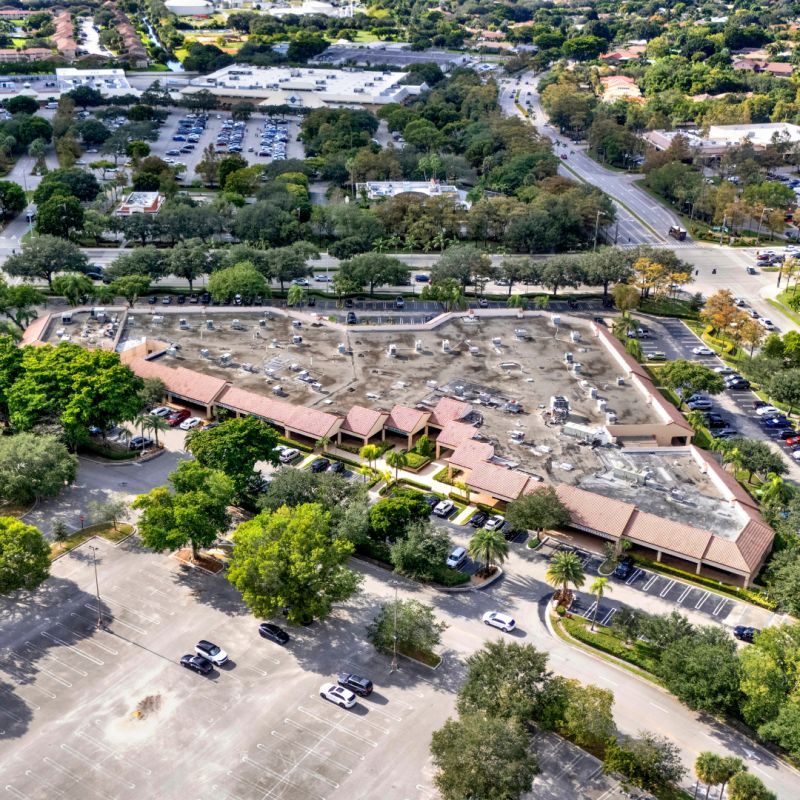S
igning an apartment lease in New York City requires navigating a mountain of separate documents, each disclosing something different. There are disclosures about window guards, fire safety, lead paint, bedbug infestations, sprinklers, gas leaks, no-smoking policies, recycling procedures, and even stove knobs. The landlord must also disclose the history of any issues with the property. When New York passed its "good cause" eviction law, another disclosure was added: a two-page notice about the new law. And when the City Council banned certain broker fees, owners were required to disclose the fees tenants would need to pay.
The situation is even more complex at an ordinary residential mortgage loan closing. Some disclosures must take place before the closing, and others are provided at the time of closing. The borrower receives a closing disclosure, which restates the loan amount and interest rate, as well as a separate itemization of costs and fees. There's also a verification of the borrower's identity and information about flood insurance.
The sheer volume of disclosures has made them essentially meaningless. At a typical residential lease or loan closing, the tenant or borrower will quickly scan through the documents, reading nothing, signing everything. The problem is not that there are too few disclosures, but rather that they have become overwhelming.
Disclosure is an important concept, but it's clear that the current system has failed to achieve its goal of transparency. Many of the required disclosures relate to generic facts about lease transactions or loan transactions, which could easily be posted on a website for borrowers and tenants to review at their leisure. Others could be collected into a single disclosure document, making each disclosure only once.
Simplifying the disclosure process would have numerous benefits, including reducing the amount of paper and pixels required, simplifying transactions, and reducing costs. However, it's unlikely that any changes will be made, and the situation is likely to worsen over time.















